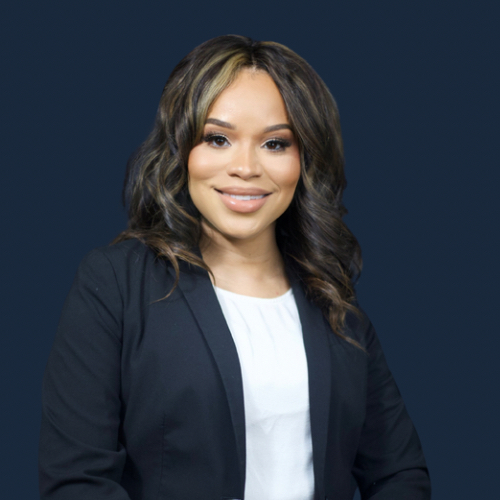Dr. Toneyce S. Randolph is an esteemed academic leader and visionary in the field of education, renowned for her commitment to fostering excellence in teaching and learning. She previously served as Vice President for Academic Affairs and Chief Academic Officer (CAO) at Clinton College, (HBCU founded in 1894 and named after Bishop Caleb Isom Clinton of the African Methodist Episcopal Zion Church), where she played a pivotal role in shaping the academic landscape and driving strategic initiatives to advance the institution’s educational mission.
In 2023, Dr. Randolph led Clinton College in its accreditation reaffirmation for the next ten years by the Transnational Association of Christian Colleges and Schools (TRACS), with no recommendations, findings, or suggestions. Clinton’s evaluation visit took place from January 24th-January 26th, 2023, and concluded with a notification of reaffirmation during its meeting on April 25, 2023.
Other Notable Career Accomplishments and Highlights as Vice President for Academic Affairs at Clinton College include the following:
- Successfully created +6 new degree programs to include a BSN program in efforts to support the college’s strategic enrollment management plan.
- Successfully created +7 new certificate programs in efforts to support the college’s strategic enrollment plan.
- Successfully created +8 new minors in efforts to support the college’s strategic enrollment plan.
- Increased the number of qualified (terminally degreed) faculty at Clinton College by 75%
- Secured > $4,136, 581.00 in grants as the grant writer strengthening the financial model and demonstrate outstanding stewardship of resources as outlined in the college’s strategic plan.
- Designed Clinton College’s Work Program, which is in alignment to become a federal Work College.
- Successfully co-led Clinton College reaffirmation visit with zero findings.
- Created partnership with the Rock Hill School District and Winthrop University to advance learning, scholarship and service for our students outlined in the college’s strategic plan.
- Awarded faculty member of the year.


